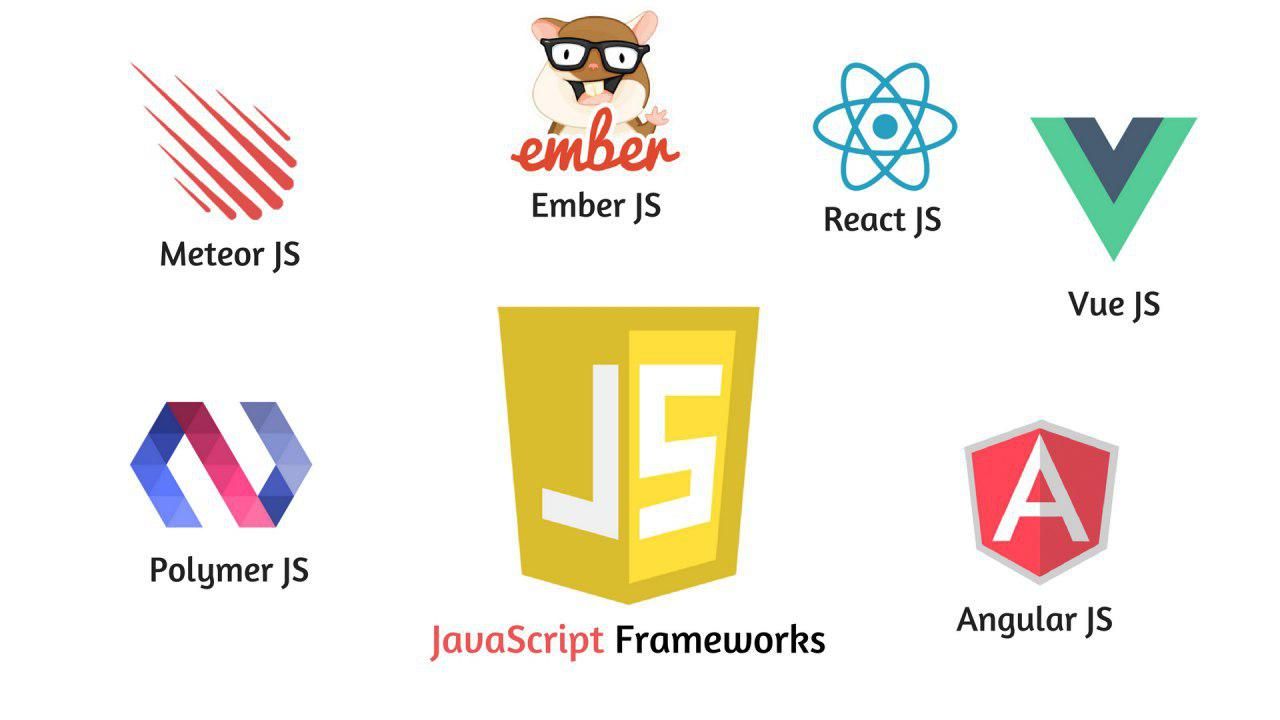Before you start looking for a suitable framework for your project, it is important to educate yourself about the best things.
The main criteria when choosing a suitable framework:
Skill level
Сonsider your skills when choosing an interface framework. If you're a beginner, a more robust structure like Bootstrap might suit you as it handles a lot of useful widgets and requires minimal coding skills.
If you are more experienced, you may be better off with a simpler structure that will give you plenty of room to maneuver for customization. These tools tend to be more compact and less bloated, which is a plus.
Responsive design
Any website you develop should be displayed correctly on all devices as more and more people access the Internet via mobile devices.
According to a report published in the "Message on the state of the mobile network in the United States" , about 56 percent of the traffic to the leading American websites falls on mobile devices. So stick to front-end frameworks that support responsive web design so that you have fewer questions to worry about.
CSS preprocessors
If you use CSS preprocessors and prefer one or the other, typically Sass versus LESS , make sure that the infrastructure you support is supported.
- Appearance. Appearance - choose a framework that will allow you to achieve a visible appearance with minimal effort.
- Prototypes. The ideal external structure allows you to quickly create wireframes and prototypes to speed up the overall design and development process.
As you can see, different interfaces have different advantages. What works for one developer or project may not work for another, so it's critical to explore a wide variety of solutions before moving on to a specific framework.




